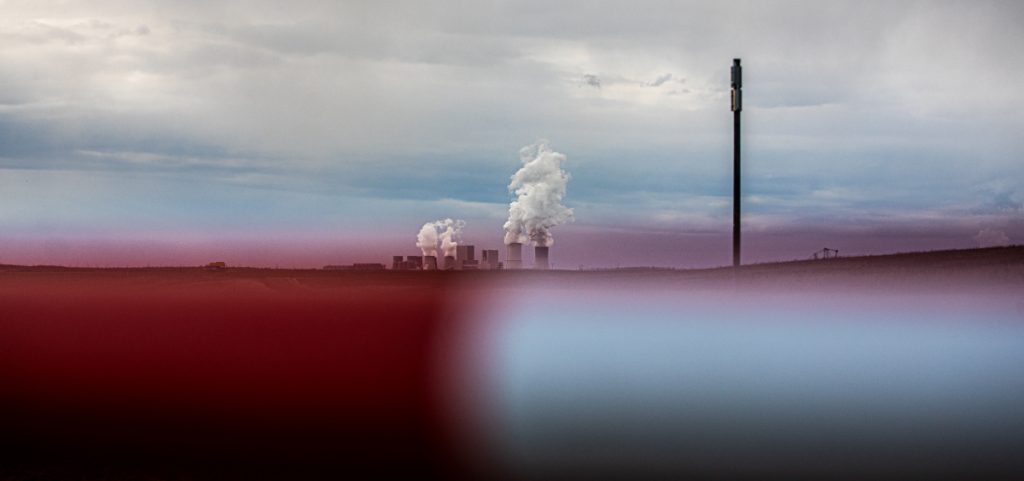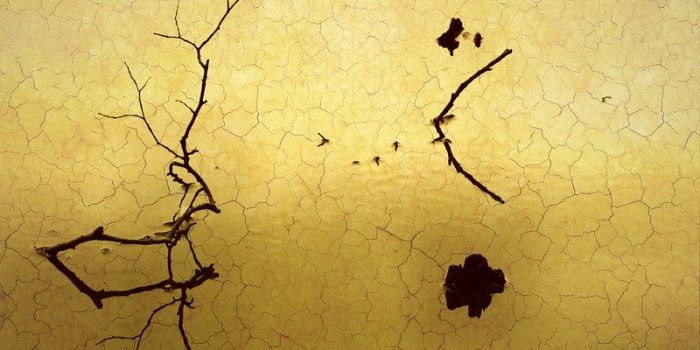Global warming and extreme climatic changes along with pollution and overpopulation have put a massive amount of burden on the planet. There is a myriad of hazards that need to be addressed in an emergency. Otherwise, the world will be moving towards a fast end.
It is said that about 251 million years ago, around 90 percent of the species on Earth became extinct. This is called the “Great Dying” at the end of the Permian era. The researchers and scientists of this era state that the actions of humans have created the circumstances that were observed before that ‘Great Dying’ and there must be something done about it.

Algae and other microbes form a thick layer by repeated multiplying on the surfaces of freshwater systems and essentially choke out anything living beneath. These are caused by toxic algal and bacterial blooms. This practice has become common today. In a few instances, they have a striking resemblance with the blooms that suffocated aquatic life during the Great Dying, Swedish Museum of Natural History paleobotanist Chris Mays told Motherboard.
There was published research in the past week in the journal Nature. It chalked out alarming parallels between the conditions preceding the Great Dying and the situation around the current climate change emergency. It is a warning for global crisis.

“Unlike the species that suffered the mass extinctions of the past,” Mays told Motherboard, “We have the opportunity to prevent these toxic blooms by keeping our waterways clean and curbing our greenhouse gas emissions.”
This extremity is attributed to the combustion of fossil fuels, deforestation, and other forms of ecological destruction. This has led to a massive increase in the number and intensity of blooms. However, the greenhouse gas emissions are not even near to the amount that was present in the Great Dying.
“We are not there yet,” Mays told Motherboard. “There was probably a six-fold increase in carbon dioxide during the [extinction event], but today carbon dioxide levels haven’t yet doubled since pre-industrial times.”
Still, a call for action is needed.


